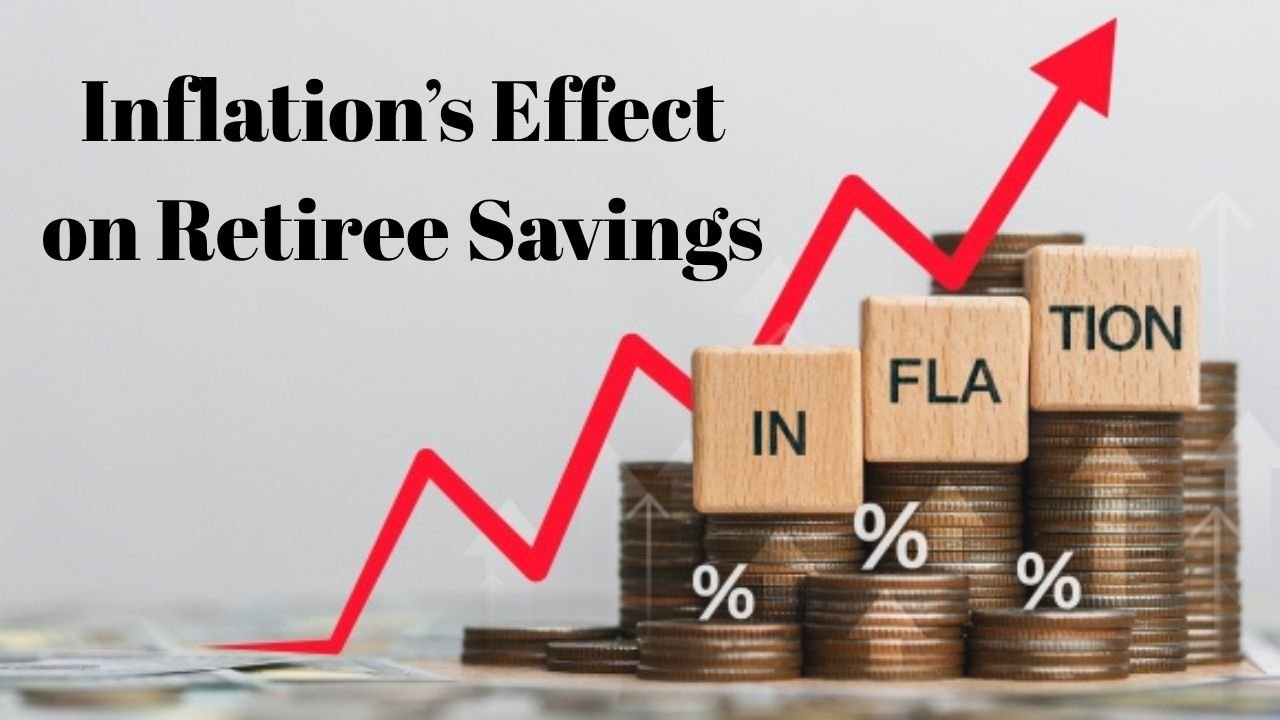For retirees living on a fixed income, inflation can quietly erode the cost of their hard-income financial savings over the years. When the cost of products and offerings rises, the purchasing electricity of each dollar decreases — that means retirees should purchase much less with the identical sum of money. As expenses climb for essentials like housing, healthcare, and groceries, knowledge inflation’s impact and adopting strategies to maintain wealth will become important for long-time period monetary security.
How Inflation Affects Retiree Savings
Inflation reduces the real payment of money, impacting retirees who depend on constant income streams along with pensions, Social Security, or annuities. For instance, if inflation runs at 4% yearly, the purchasing power of $100,000 today would drop to pretty much $67,000 in 10 years.
Retirees are specifically inclined due to the fact they generally have limited methods to increase income after they prevent running. Rising healthcare costs, which often outpace preferred inflation, upload further strain on retirement budgets.
Social Security and Inflation Adjustments
Social Security payments encompass a Cost-of-Living Adjustment (COLA), which objectives to help retirees preserve tempo with inflation. However, these changes don’t usually fit actual-world will increase in prices—specially healthcare, housing, and power. In some years, COLA increases had been minimum regardless of great price hikes in every day living costs, leaving many retirees feeling the squeeze.
Investment Strategies to Combat Inflation
To preserve wealth, retirees can consider inflation-focused investment options that help offset rising costs. Here are some effective approaches:
- Diversify the Portfolio
Spread investments across various asset classes — stocks, bonds, real estate, and commodities — to reduce risk and increase the chances of growth even during inflationary periods. - Invest in Treasury Inflation-Protected Securities (TIPS)
TIPS are government bonds designed to upward thrust in cost with inflation, supplying a solid manner to hold purchasing power. - Consider Dividend-Paying Stocks
Companies that always boom dividends can provide a developing income movement that continues up with inflation over the years. - Real Assets like Real Estate or Precious Metals
Physical assets such as real estate and gold often hold their value or even appreciate during inflationary times. - Delay Social Security Benefits
Waiting to say Social Security until full retirement age (or later) can substantially increase monthly benefits, providing a more potent economic cushion in opposition to inflation.
Managing Expenses During Inflation
Beyond investments, handling spending behavior plays an equally crucial role. Retirees can undertake clever budgeting strategies consisting of:
- Tracking expenses monthly to identify regions to cut back.
- Paying down high-interest debt to free up income.
- Exploring senior reductions and government assistance programs.
- Downsizing or relocating to areas with lower living costs.
Long-Term Financial Planning
A sound retirement plan have to account for inflation from the very starting. Financial planners propose using a 2–3% annual inflation payment in retirement projections. Revisiting and adjusting the plan every few years ensures that retirees continue to be financially steady at the same time as financial situations exchange.
Conclusion
Inflation poses one of the most continual threats to retiree savings, gradually eroding buying power and monetary independence. However, with proactive planning—diverse investments, strategic spending, and everyday portfolio critiques—retirees can guard their wealth and preserve their way of life. While inflation can be inevitable, its impact doesn’t should derail a stable and enjoyable retirement. Thoughtful economic choices today can make sure stability and peace of mind for future years.

